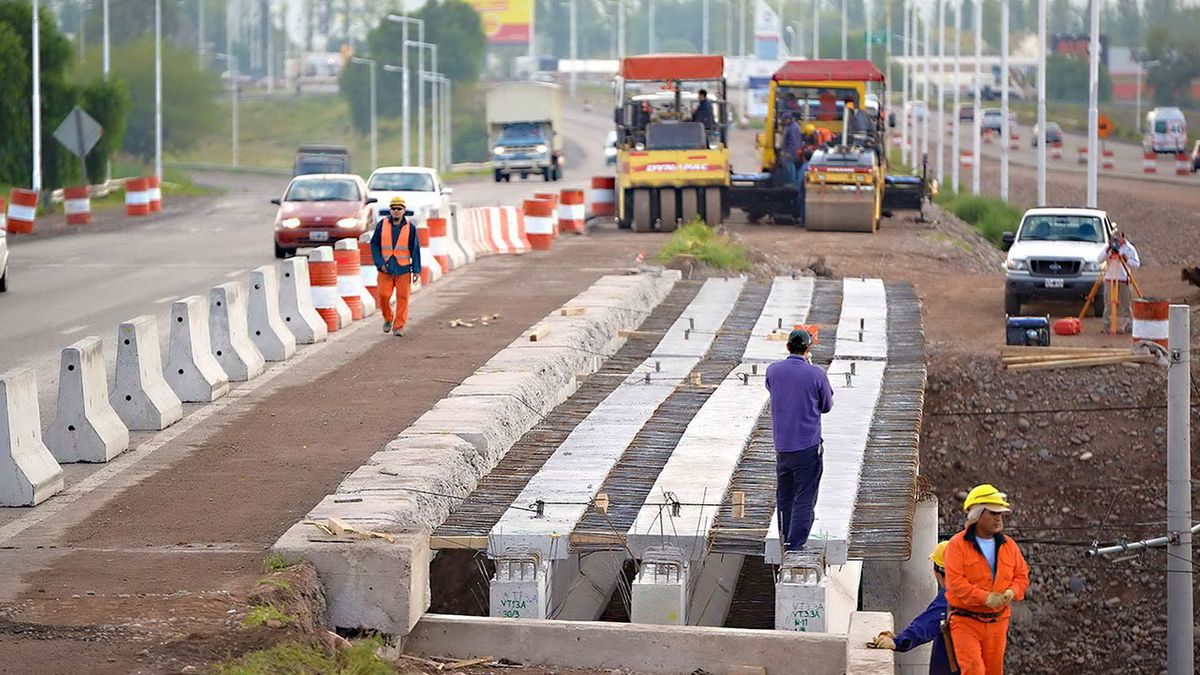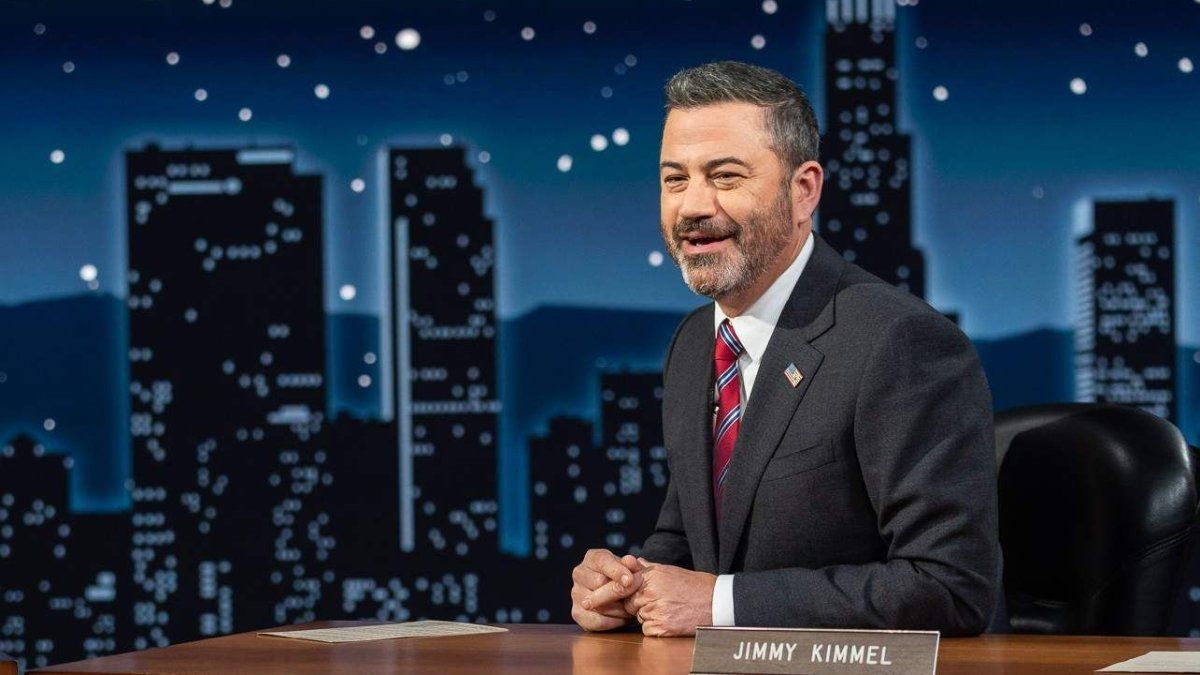In any case, Weiss explained that at the moment the construction activity is good, with employment data that reached 470 thousand workers. In addition, he stated that the current noise in the sector is not due to the agreement with the IMF, but due to inflation. “The decrease in activity is going to come from the rise in prices, the cost increases are very strong, and all the price redetermination formulas do not work with these levels of inflation. This will begin to lower execution levels and if it consolidates over time, employment will begin to suffer, far from the idea of reaching the historical maximum,” Weiss anticipated.
The IMF staff report establishes that the fiscal deficit goal will continue to be 2.5% of GDP for 2022, which will require “stricter fiscal policies” for the second half of the year, with a “reorientation of the spent”. The implementation of “compensatory measures” are due to the increased spending on energy subsidies, which grew by more than 70% in real terms, and social assistance, related to the “indirect effects” of the war with Ukraine, says the document.
“The authorities remain committed to a 2.5% of GDP fiscal deficit by 2022, and to this end, they have developed a package of measures,” the IMF report states. The main measure will be to “better prioritize capital spending.” In fact, that is where the biggest drop is seen: once the agreement was signed, spending on public works was 2.2% of GDP, while now it fell 0.4 points, to 1.8% of GDP. Public spending as a whole should stop growing at 12.8% in real terms, to settle at -7.8%. Another of the items where a fall is reflected, although to a lesser extent, is in transfers to the provinces.
Economic analysts were not surprised by the definition of the cut in public works. “Not even 2 points of GDP are spent in election years,” said one of the most consulted economists in the market. However, the dynamic is worrying, according to Nicolás Pertierra, an economist at the Scalabrini Ortiz Stadium Center (CESO): “The lower public works impact competitiveness, structural challenges, social demands, access to services, housing and transportation,” he said. “The cut was expected, but the little margin it gives the Government in the second half is striking, even admitting the effects of the war, it does not give any credit to change the goals and the change in fiscal policy is quite abrupt”, he added.
The cut in public works of 0.4 points of GDP implies more than $300 billion, Pertierra estimated, based on the GDP projected for 2022. So far this year, capital investment was $166 billion, against $610 billion that had been projected in the 2022 budget, so after half a year it was barely 27% executed. Regarding the demand for employment, he estimated that it will surely be lower than expected.
To maintain the momentum in public works, the construction chamber holds meetings with the Ministry of Public Works, headed by Gabriel Katopodis, the Ministry of Economy and the Ministry of Transportation. One of the alternatives on the table is to modify the price redetermination formula for public works, a central concern for the progress of contracted works. “The Government knows this phenomenon well because it has been coming since last year, and it is accentuated by higher inflation. What it generates is that what is running slows down, and what is about to start is delayed”, concluded Weiss.
Source: Ambito
David William is a talented author who has made a name for himself in the world of writing. He is a professional author who writes on a wide range of topics, from general interest to opinion news. David is currently working as a writer at 24 hours worlds where he brings his unique perspective and in-depth research to his articles, making them both informative and engaging.




